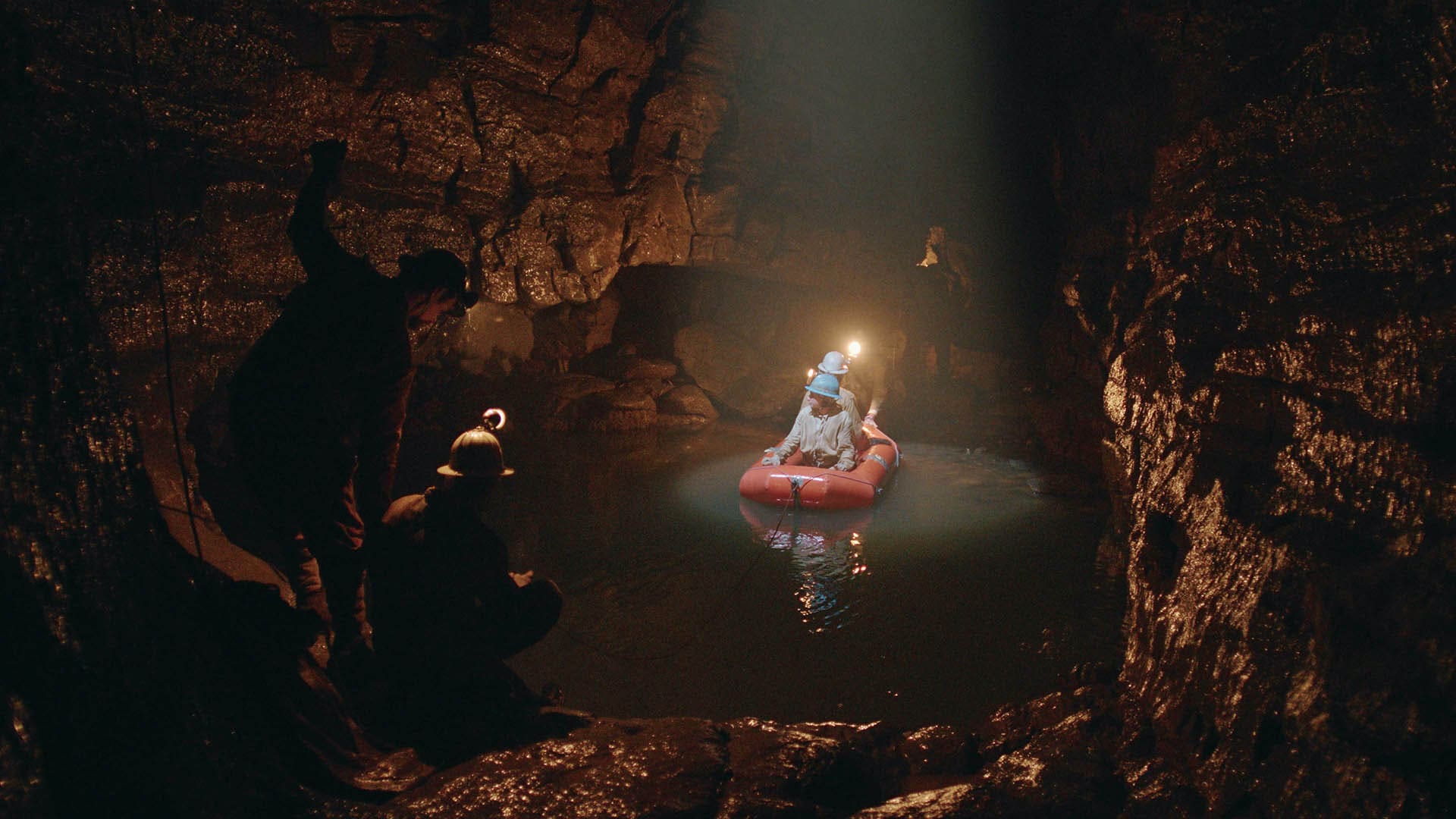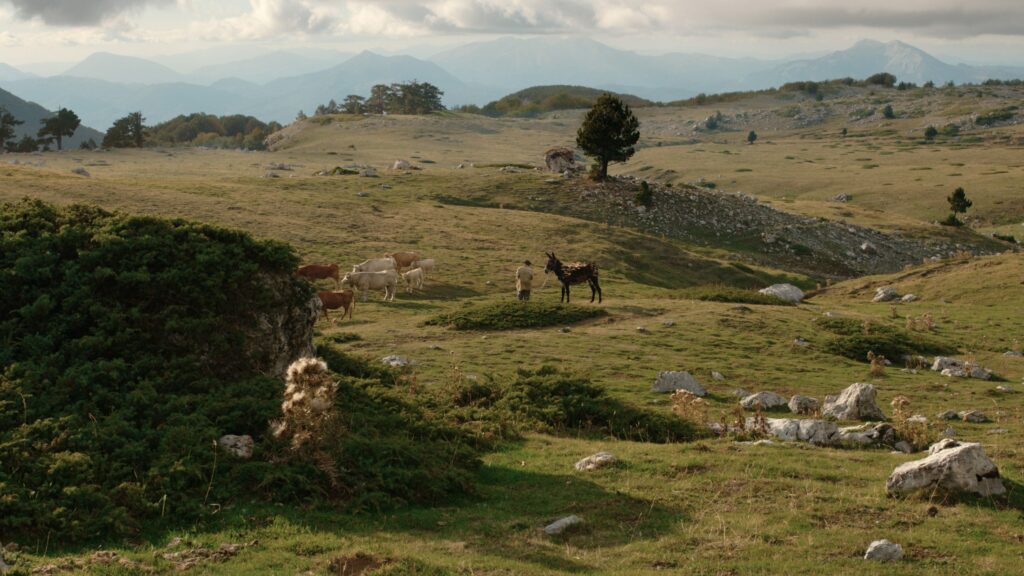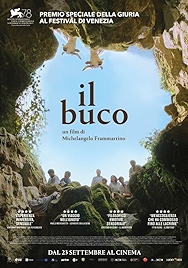The latest stop on MichelAngelo Frammartino’s quest to redeem the much-abused drama-documentary, The Hole (aka Il Buco) relates in god’s-eye-view fashion how cavers discovered the 700-metre deep Bifurto Abyss in Pollino, South Italy, in 1961.
If you’re familiar with Frammartino’s work, in films like Le Quattro Volte, you’ll know to expect a quiet and meditative journey, with reveals coming orgainically, always with Frammartino’s camera appearing as if it was just lucky enough to be there when something happened – when in fact everything has been carefully staged, artfully lit and framed for maximum picturesqueness.
The effect is a bit like Slow Cinema, though the hallmark of all those films of fires flickering, or train journeys through bracing scenery, or sleigh rides in the snow, is precisely that nothing happens – they are the ASMR of the movie world. In Frammartino’s film there’s always something going on.
To The Hole, then, which is almost dialogue-free. Few words are spoken or need to be. It’s in Italian but subtitles are not required, or supplied, and it’s better that way – so concentration is focused on the spellbinding images.
Frammartino tells two stories simultaneously. In one a team of young speleologists arrive by train, organise themselves in a local town, then head out to the countryside and descend into a hole in the ground and navigate it for as far as they can.
In the other an aged cowherd, patiently sitting and calling his cows when we meet him. Later he gets ill and takes to his death bed.
Frammartino watches both intently – the cragginess of the limestone outcrops of the area maybe a parallel for the lines etched on the cowherd’s weathered face. Two measures of time – human and geological. One fleeting, the other persisting.
Le Quattro Volte was set in rural Calabria and appeared to take its inspiration from Ermanno Olmi’s 1978 masterpiece The Tree of Wooden Clogs (a recreation of life with Italian peasant farmers in the 19th century). The Hole’s subject matter isn’t quite the same, but the working method is. An almost fanatical focus on incidental details, driven by a desire to make things as plausible as possible. When the cavers first arrive at the top of the big hole, they tear up a magazine, light it and drop it into the gaping darkness to get some idea how deep it is. President John F Kennedy is on the cover, looking thoughtful. Later, having dropped an unfolding ladder down the hole, one of the cavers walks past another bit of detritus, another scrap of a magazine, this one featuring Sophia Loren.
It’s Frammartino’s eye for beauty that lets the drama cat out of the documentary bag. He just cannot resist a picturesque image. There’s a shot early on, of villagers sitting around a communal black and white TV in a tiny village square. It looks as if the camera just happened to find them there – and yet, look again. A light has clearly been positioned behind a building at the back of the shot. The high angle also suggests Frammartino is shooting from a balcony, or from up a ladder.
Again and again – as cavers lower themselves into the abyss, or squeeze through a pinch point (it’s not entirely free of claustrophobic moments but they are rare), or the cowherd calls his cattle, Frammartino’s camera is either positioned in a place that can only have been arrived at by trial and error, or it’s in positions unsustainable for a documentarian – like right up in the cowherd’s face. And he’s pretending the camera isn’t there.
It’s painfully free of information about the cave system if that’s what you came for, but a bewitching and beautiful film, which Frammartino dedicates to the cavers of the 1961 expedition who found this big hole. What a dedication.
The Hole aka Il Buco – Watch it/buy it at Amazon
I am an Amazon affiliate
© Steve Morrissey 2023


